Market insights: Climate Resilience – going beyond renewables
28th Sep 2021 | 1 Comment | By Nabil Saimi
As InfraCo Africa’s Head of Business Development, I find my role both challenging and exciting. A renewed focus on climate has prompted a whole range of new opportunities to emerge across the African continent, in renewable energy, water and sanitation, agri-infrastructure and efficient transport.
I recently met with Janet Rogan, COP26 Regional Ambassador for the Middle East and Africa, to discuss our work and how it supports the aims of COP. I’d like to share some of that discussion with you now, particularly our commitment to aligning InfraCo Africa’s work with the Paris Agreement and what this means in practice for our portfolio and for the delivery of climate-resilient infrastructure.
Driving down emissions
PIDG and its companies are committed to accelerating an equitable transition to net zero in the countries in which we operate. One way in which InfraCo Africa supports this, is by championing the transition to clean energy.
All of our power projects are renewable and we continue to innovate in this space. Our Salima Solar project in Malawi is the first commercial-scale solar IPP in the country and will be providing much needed power to the grid later this year. Replicating this success, our award-winning Golomoti Solar project will go one-step further and also integrate 5MWh of battery energy storage so removing the need for Malawi to use fossil-fuelled power to manage the addition of further intermittent renewables. We haven’t stopped there. We are recycling our experiences again and are now incorporating battery storage into the development of our commercial-scale solar project in Chad. Continuously learning, replicating what works and innovating to fit changed circumstances, is at the core of our work to creatively address climate challenges.
We are also committed to the rapid electrification of remote communities. Our solar-powered mini-grid projects in Kenya and Sierra Leone are using batteries to enable rural economies to flourish, and we are exploring a pipeline of Commercial & Industrial (“C&I”), mini-grid and micro-grid opportunities, some of which I hope we will commit investment to next year.
-
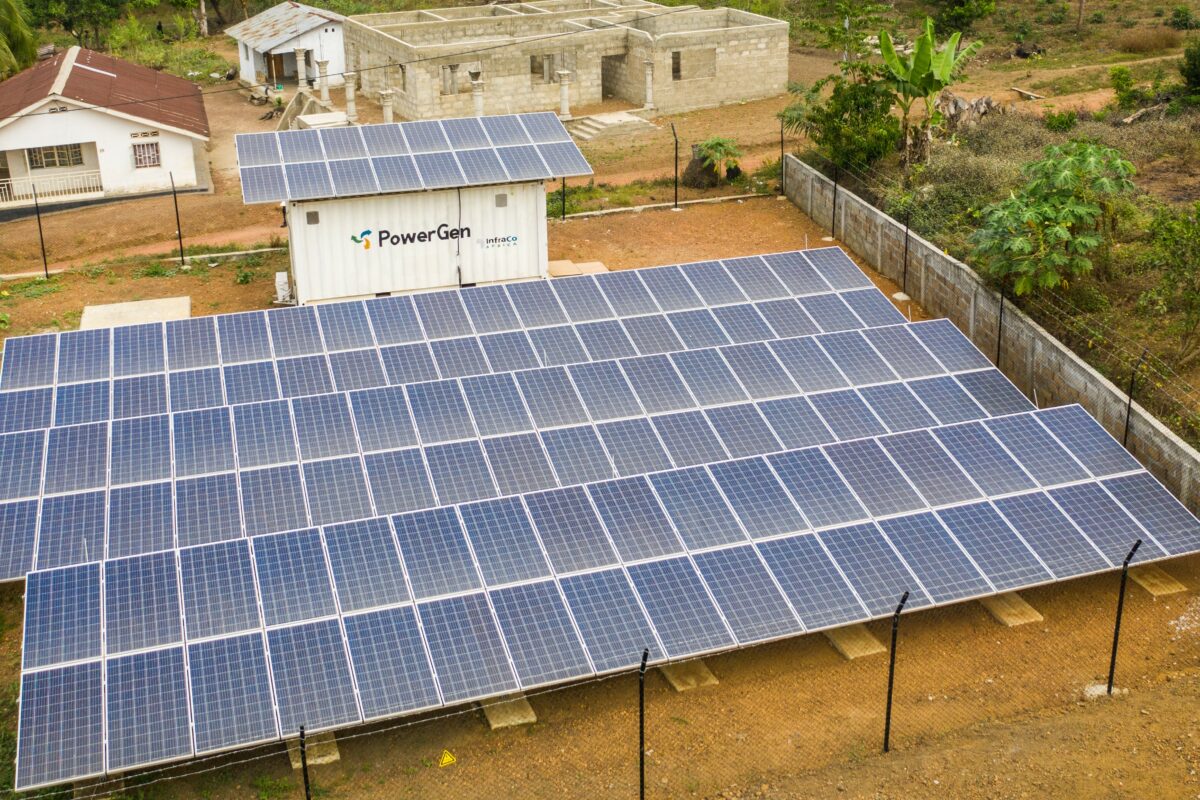
Promoting clean rural development -
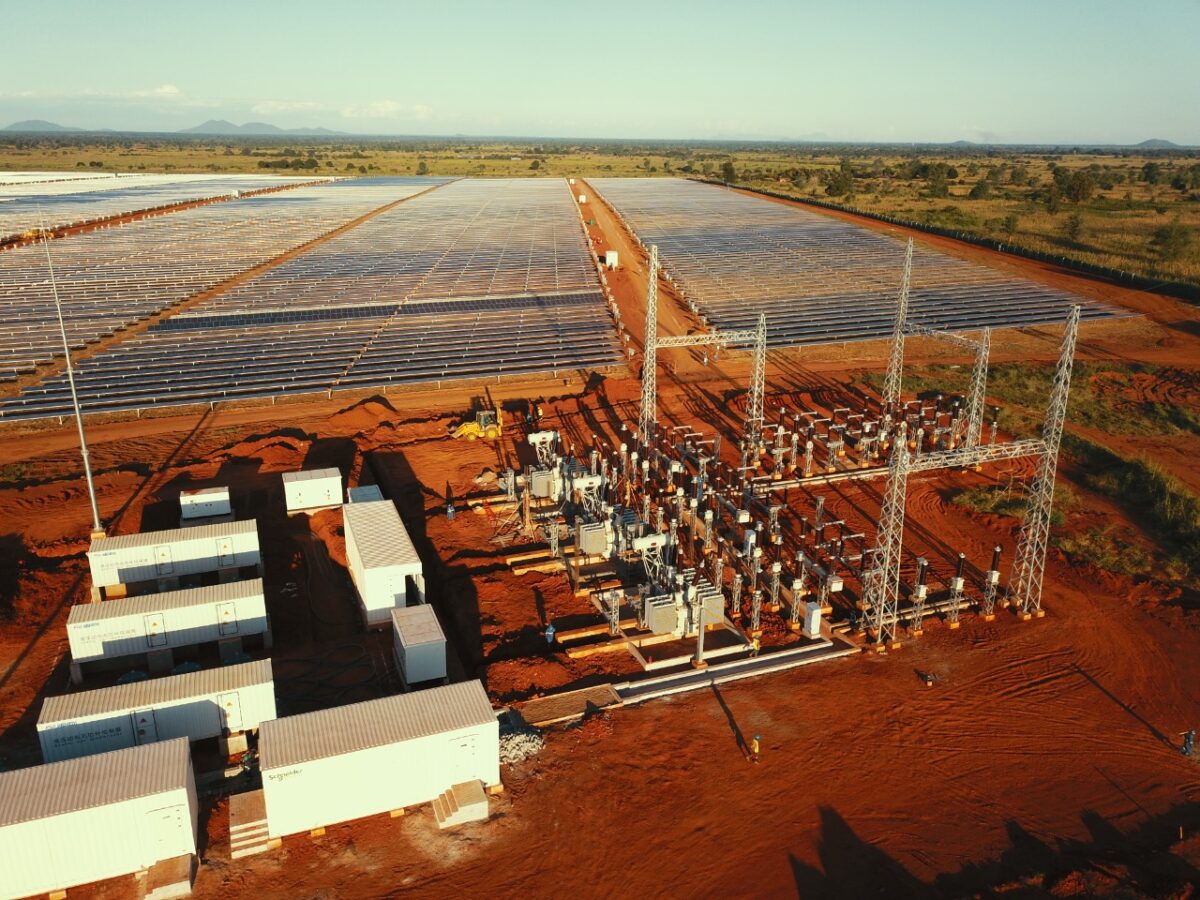
Integrating renewables into national grids -
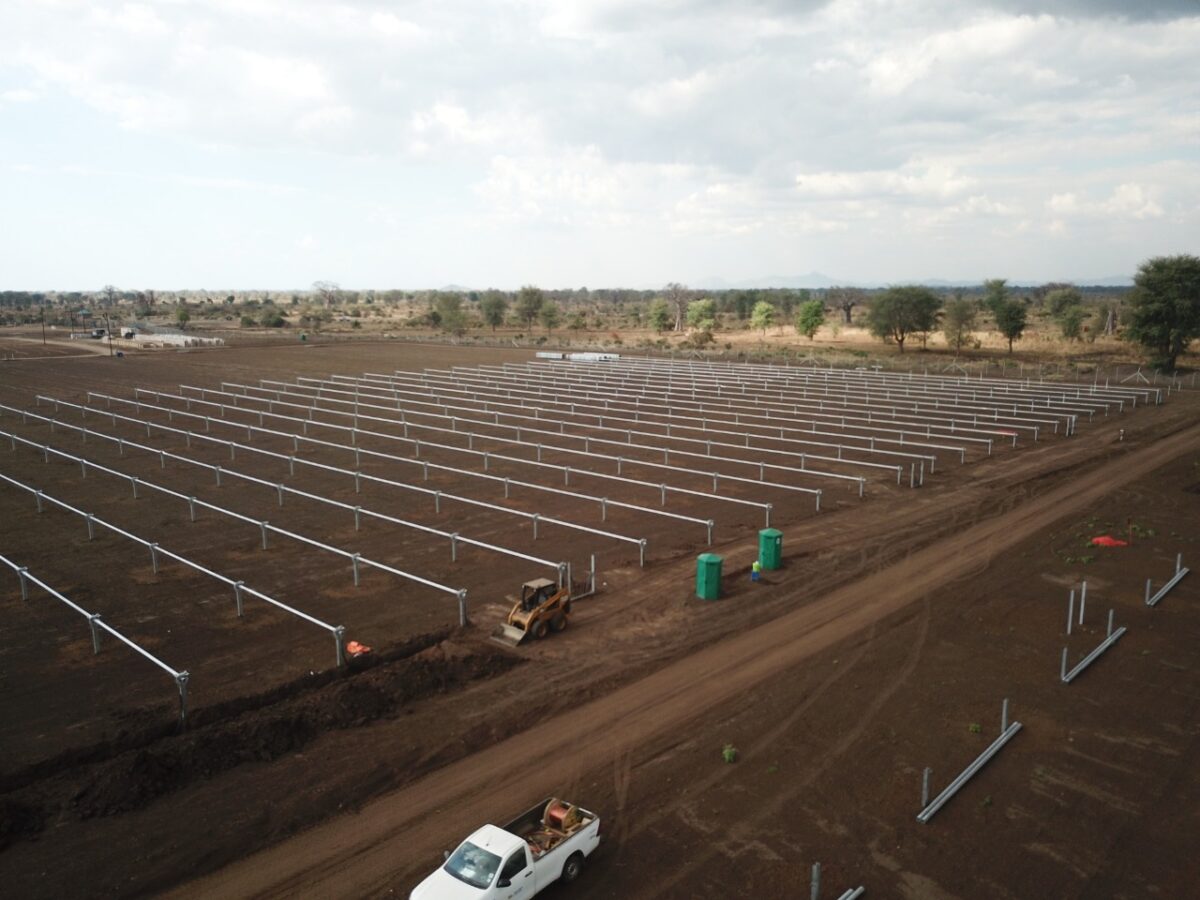
Building new renewables capacity
As we head towards COP26 in Glasgow this November, we will continue to support the core goal set out in the Paris Agreement – keeping any global temperature increase to well below 2 degrees Celsius[i] – by maintaining our focus on renewable power. But we are also thinking creatively, seeking to enhance the sustainability of all of our infrastructure developments, reducing their emissions and demonstrating climate leadership.
‘Greening’ our portfolio
We are seeing an increased appetite from our private sector and government partners to deliver more sustainable infrastructure solutions. However, such solutions are often untested in our markets, raising concerns about their technical and commercial viability. This is where InfraCo Africa can provide its unique expertise and draw on PIDG Technical Assistance (PIDG TA) to both demonstrate the efficacy of innovative solutions to the market and offset the cost of being the first.
In Liberia, for example, we’re developing a new large-scale logistics storage facility and have encouraged our partners to incorporate roof-top solar into the build. A model that we’re hoping to learn from and then replicate on future projects. On our Corbetti Geothermal project in Ethiopia, PIDG TA is funding studies into replacing diesel-generators with solar-plus-battery systems when drilling wells. Not only would this reduce direct emissions from the drilling process, but it also avoids the transport emissions associated with getting diesel out to site. It is hoped that this pioneering initiative will demonstrate to the wider construction industry how even the most energy-intensive of builds can be delivered using renewable energy. We’re also excited about the potential of Electric Vehicles, displacing ‘dirty’ transport from heavily polluted and congested urban centres is not only good for the planet, but it will ultimately improve the health of urban populations and stimulate green economic growth. Last year we made our first investment into a EV taxi-hailing company in Nairobi and are intending to take the lessons we are learning into other East African markets.
-
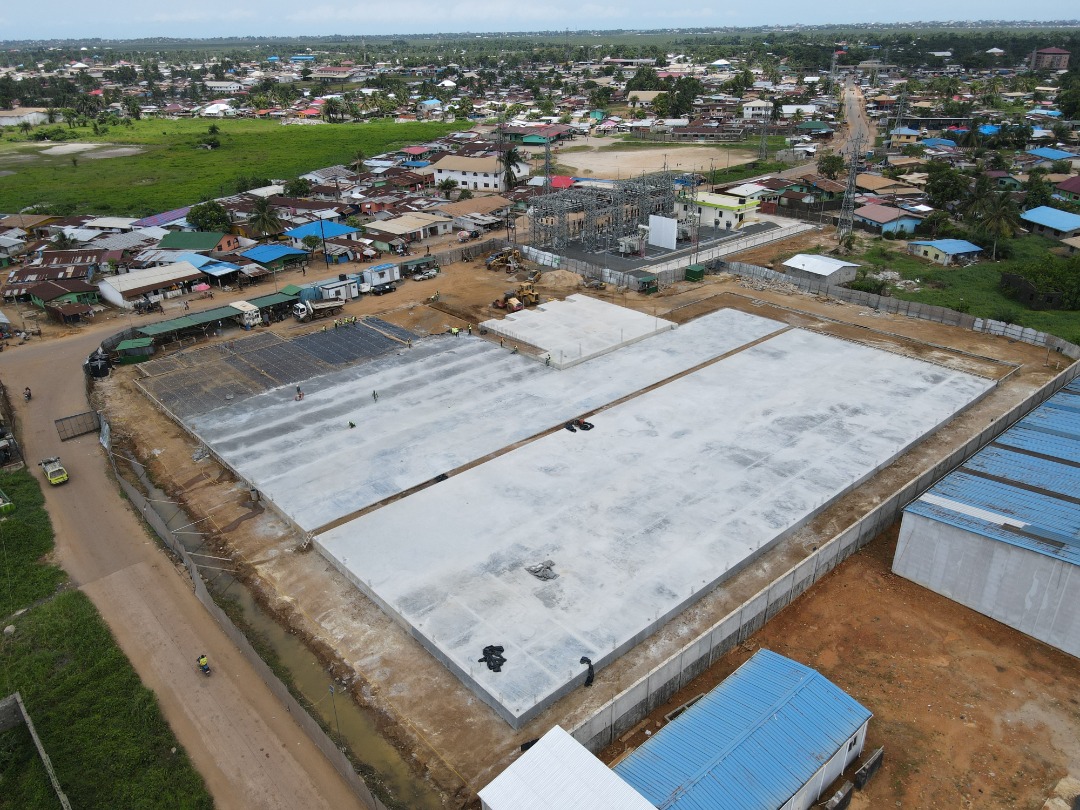
Integrating renewables in design decisions -
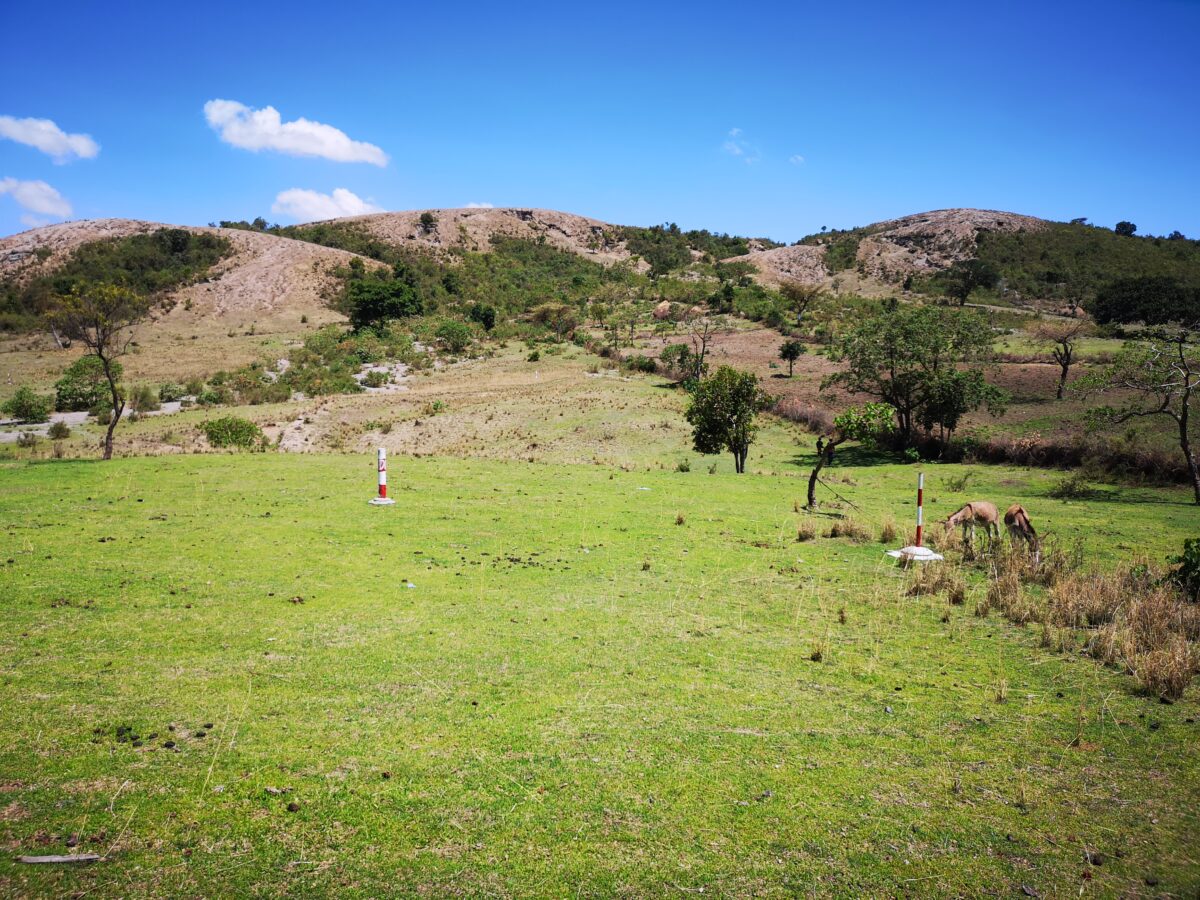
Displacing diesel during construction -
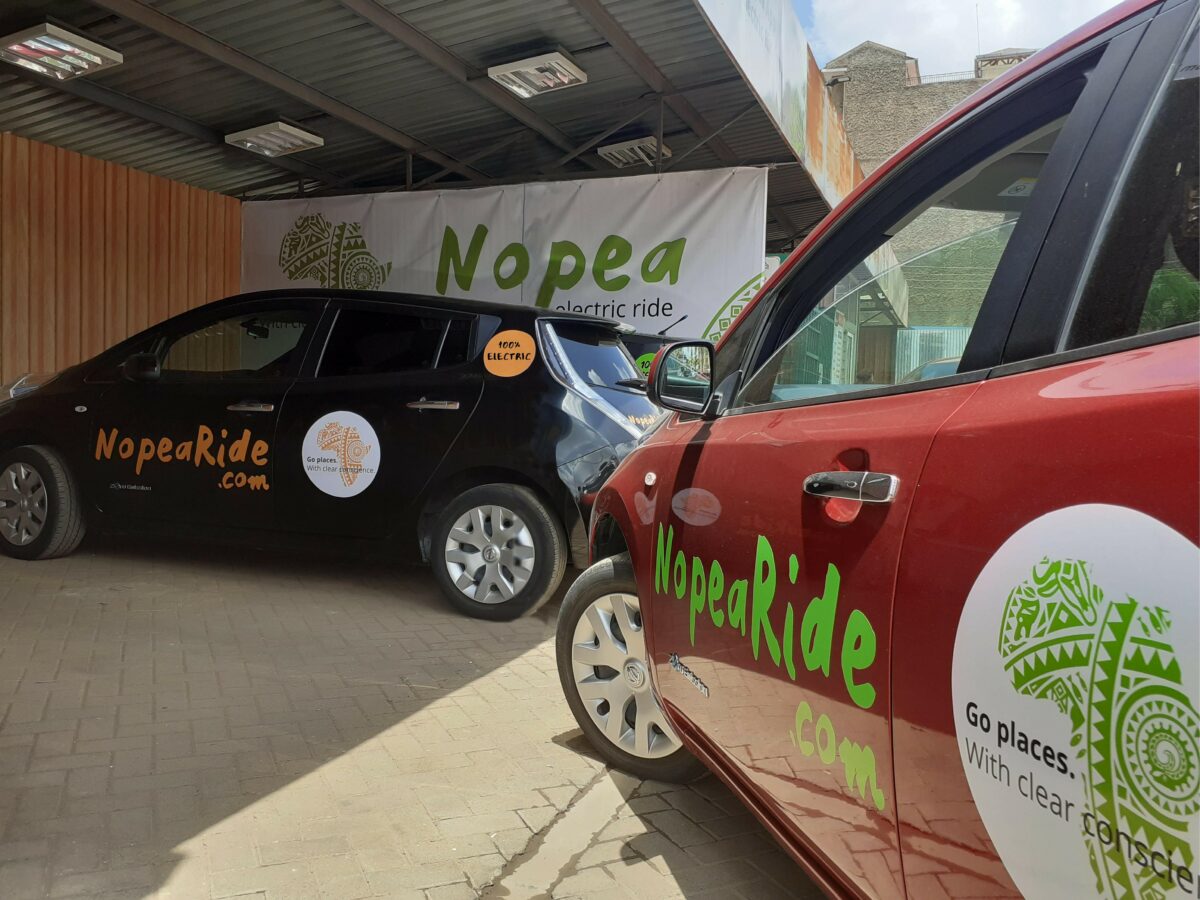
Cutting transport emissions
Going beyond renewables
As the recently published IPCC report[ii] has made painfully clear, whilst accelerating the transition to renewables is key to preventing the worst consequences of climate change, we cannot ignore the very real challenges facing communities already impacted by its effects. Families across sub-Saharan Africa face risks to their health, livelihoods, water supply, food and personal security and it is clear that there is no time to waste in taking action to adapt to these current challenges and to mitigate against anticipated future impacts.
Alongside emissions reduction targets, the Paris Agreement requires countries to communicate the actions they will take to build resilience, enabling them to adapt to the impacts of rising temperatures.[iii] This is another key area of focus for PIDG and its companies. For each investment we look both at the climate resilience of the assets that we develop and finance and at the climate resilience impacts through the infrastructure that we put in place, for example for its users and surrounding communities.
An example of how we have improved the climate resilience of our investments is the ferry service connecting a remote island on Lake Victoria to the mainland, for which we had to adapt the landing site to account for varying water levels in the Lake due to the changing climate.
Another key sector to improve the climate resilience of local communities is productive water use.
Sub-Saharan smallholder farmers have traditionally relied upon predictable rainfall to grow crops to feed their families and to secure income for leaner months. The effects of climate change on rainfall patterns have been felt for some time and crop failures are increasingly commonplace. The African Union’s Malabo Declaration notes ‘enhancing resilience to climate variability’ among its seven commitments for agricultural growth,[iv] with irrigation viewed as a key measure to safeguard food security.[v] Our Chanyanya and Chiansi Irrigation projects are reducing reliance on unpredictable rainfall, helping Zambian smallholders become more resilient to climate change. In Senegal, the roll-out of Bonergie’s Solar Powered Irrigation Systems gives farmers an affordable alternative to diesel pumps and in some cases, first-time access to irrigation. However, it’s not just about infrastructure. In Chanyanya, we’re also funding an Agronomist to demonstrate how to use irrigated water and diversify crops to improve market garden yields.
-
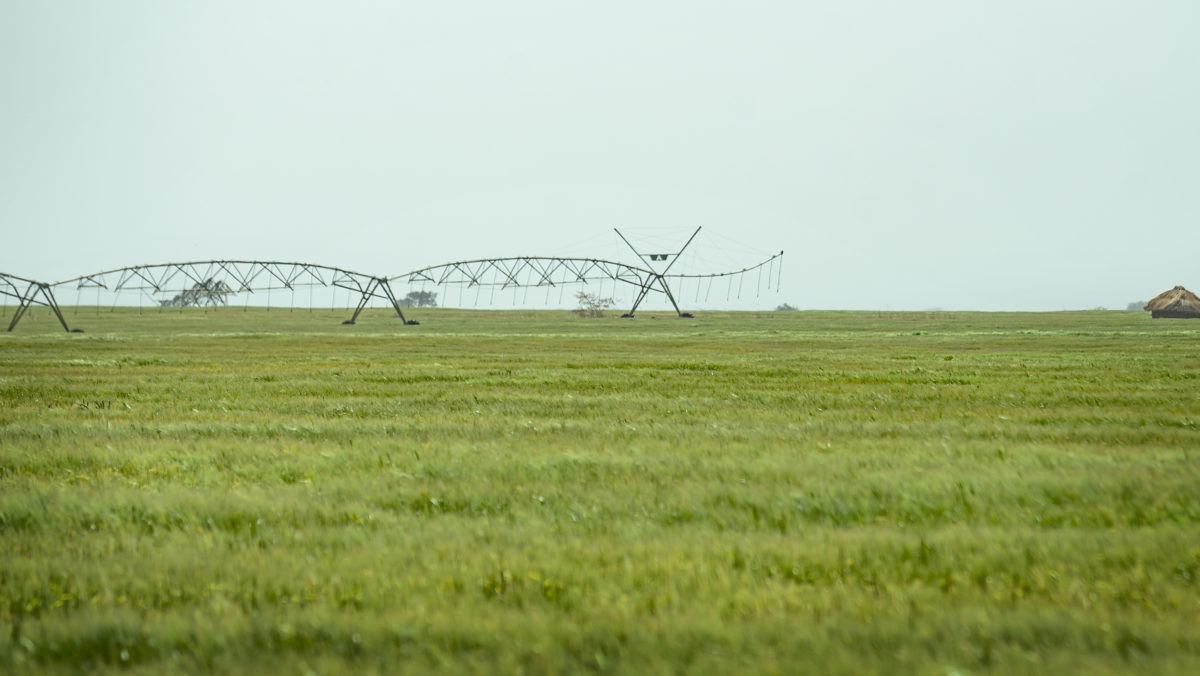
Reducing dependence on rain-fed agriculture -
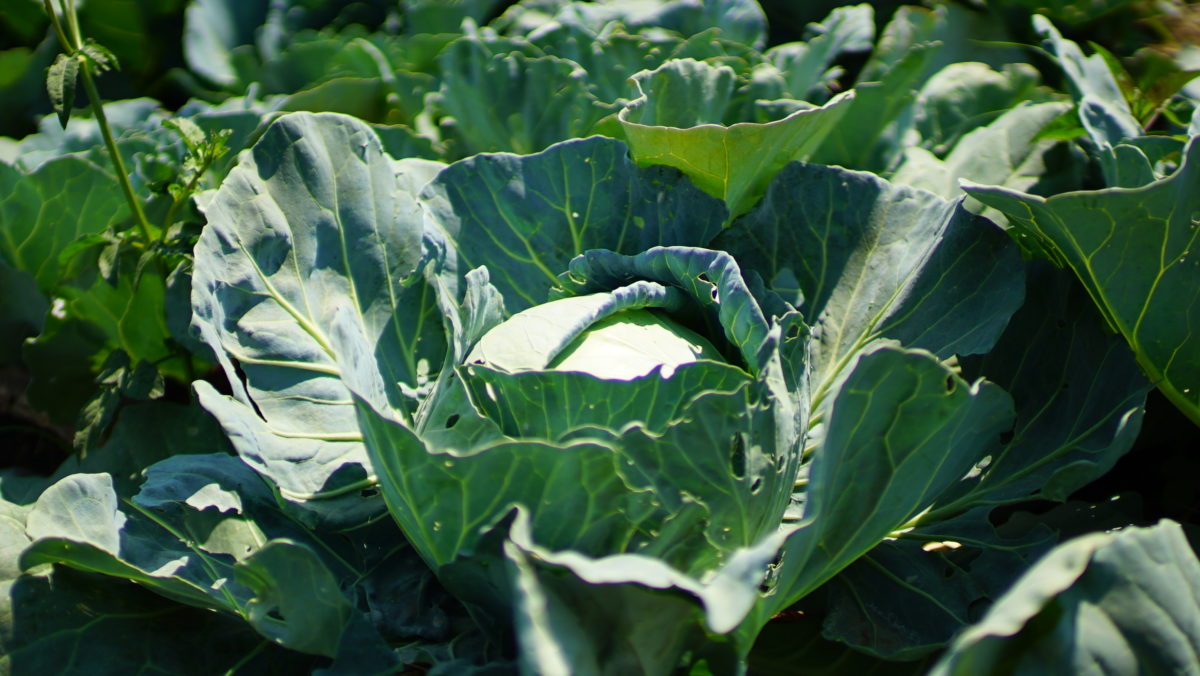
Ensuring year-round food security
The business case for climate resilience
OECD modelling of the potential impacts of a major flood in Paris found that 35% to 85% of business losses are likely to be caused by disruption to transport and power supplies and not by the flood itself.[vi] The report highlighted the gains to be made from adopting a resilience-driven approach, stating that: ‘Climate-resilient infrastructure has the potential to improve the reliability of service provision, increase asset life and protect asset returns.’[vii]We must also be aware of the very real physical and financial risks that climate extremes pose to our projects.
From my perspective in BD, this involves viewing each project through a climate lens – looking not only at the technology itself, but also at where we might reduce emissions embodied in the build, best locate the project to minimise its exposure to weather extremes, enhance the sustainability of its operations, attract vital finance, and provide a positive demonstration effect to the market. It is also critical to work alongside our partners to reduce the time it takes to develop a project and to consider how we might incorporate innovative financial tools to improve bankability and get projects to the point of construction faster.
My colleagues in our investments team adopt this same approach. A condition of our investment in the Acorn Affordable Student Housing initiative was compliance with IFC EDGE (Excellence in Design for Greater Efficiencies) standards for green building which will reduce the environmental impact of each accommodation block by at least 20%,[viii] whilst keeping students safe and comfortable should temperatures rise. The investments team are also focused on developing the potential of ’green’ financial instruments to support infrastructure development.
So where do we go from here?
PIDG has set climate-focused strategic objectives for 2021-23 and implemented metrics to report on emissions at both a corporate and project level in line with the recommendations of the Task Force on Climate Related Financial Disclosures.[ix] For those of us at the front line of decision-making, integrating climate considerations into all of our processes is key. As we do so, we are increasingly engaging with partners whose commitment to delivering sustainable infrastructure matches our own, amplifying the impact that we can have. By working together, we can accelerate the delivery of climate-resilient projects which present a sustainable investment for project stakeholders and safeguard the next generation.
[i] https://unfccc.int/process-and-meetings/the-paris-agreement/the-paris-agreement
[ii] https://www.ipcc.ch/report/ar6/wg1/
[iii] https://unfccc.int/process-and-meetings/the-paris-agreement/the-paris-agreement
[iv] https://www.resakss.org/sites/default/files/Malabo%20Declaration%20on%20Agriculture_2014_11%2026-.pdf
[v] https://www.mamopanel.org/resources/infographics/infographic-potential-benefits-irrigation-africa-R/
[vi] https://www.oecd.org/environment/cc/policy-perspectives-climate-resilient-infrastructure.pdf
[vii] https://www.oecd.org/environment/cc/policy-perspectives-climate-resilient-infrastructure.pdf
[viii] https://edgebuildings.com/
[ix] https://www.pidg.org/wp-content/uploads/2020/06/PIDG-carbon-accounting-methodology-outline-and-provisional-carbon-footprint_May-2020.pdf


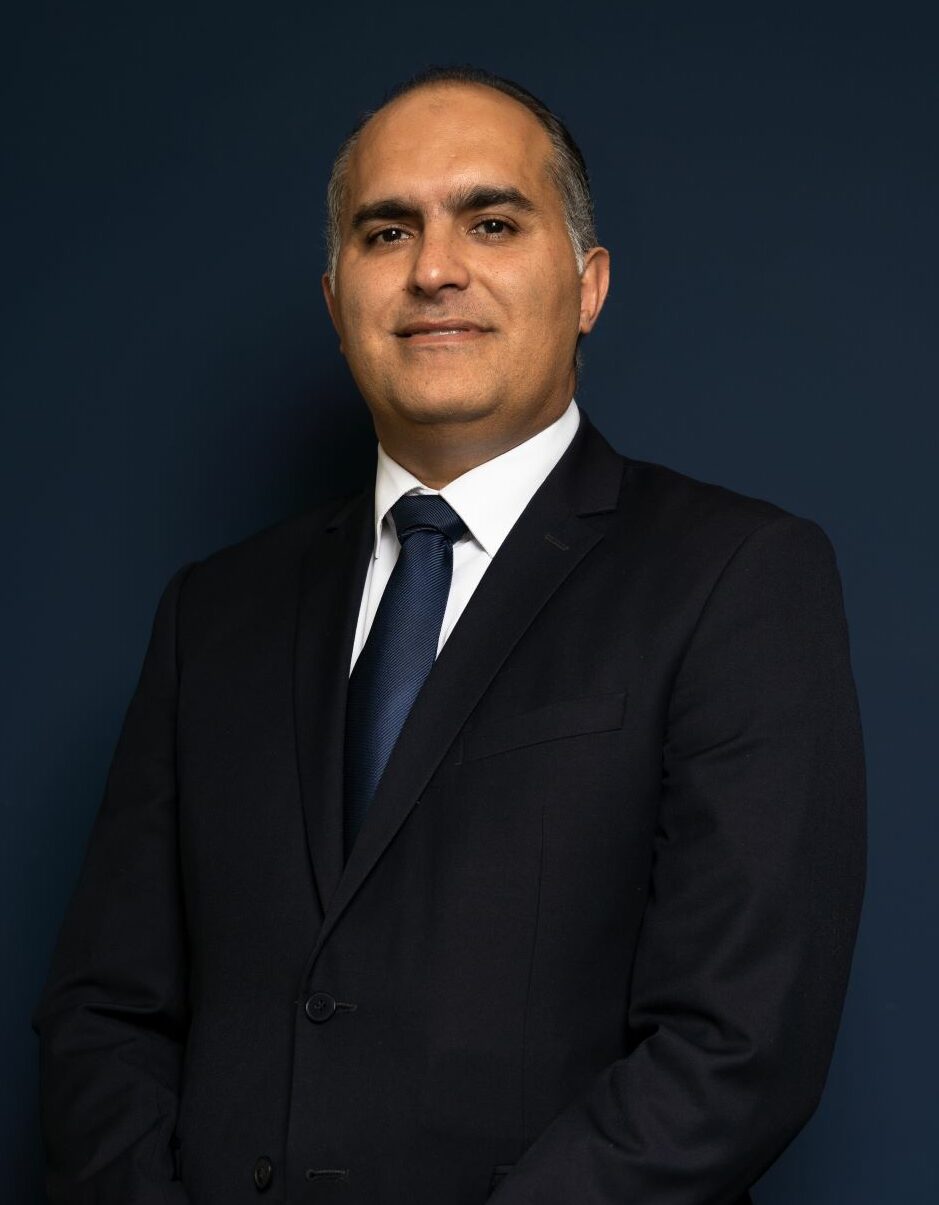

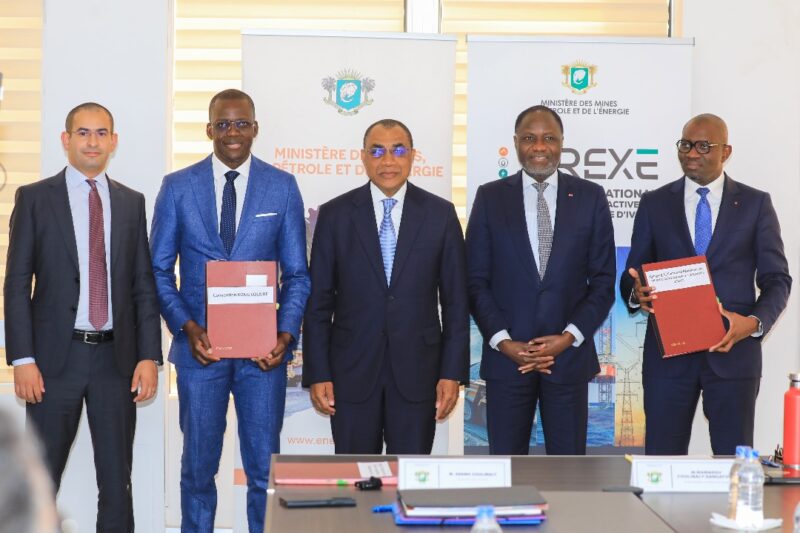
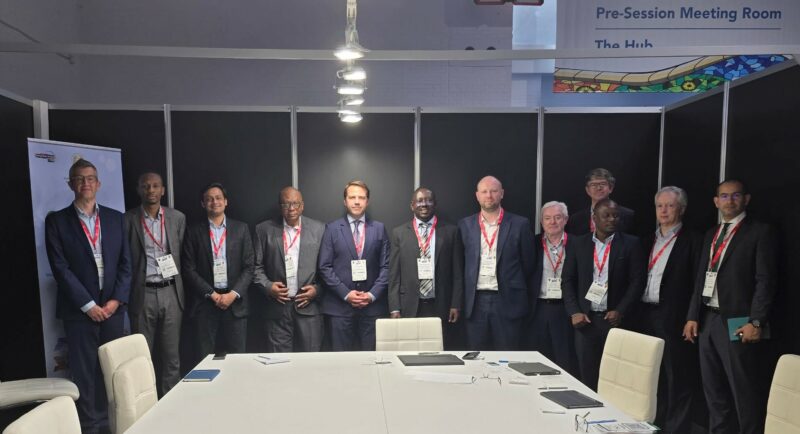

Solar Company in pakistan - 22nd March 2022
Tax subsidies and increased spending on renewable energy ensure that the use of solar energy is an excellent investment and a decent financial option for public institutions and businesses. Investing in solar energy generates long-term benefits, as well as quick payments.